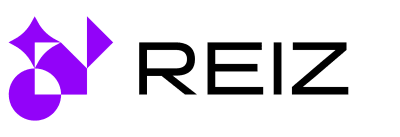Ensure transparency
As transparency is one of the core pillars of Scrum, it’s up to the Scrum Master to ensure the usage of all applicable tools to provide a better overview of the process for the whole remote team as well as the clients. It would be helpful to:
Make the progress visible by constantly revisiting the burn down chart and other methods for tracking progress,
Record the main scrum events, especially when someone is not able to join in,
Include the stakeholders and clients in the process as frequently as possible, to gather feedback in both directions,
Encourage the team to communicate via public channels instead of private chats, thus helping build not just openness, but also endorsing collaboration among team members, since anyone can see the mentioned issue and jump in to solve the problem.
Increased transparency benefits the team by providing a direct sense of what everyone contributes, so it encourages team members to help each other out by creating a solid ground for teamwork. With time, this might help the team learn to solve problems more efficiently, as being connected to each other’s work helps build a stronger, resilient team.


